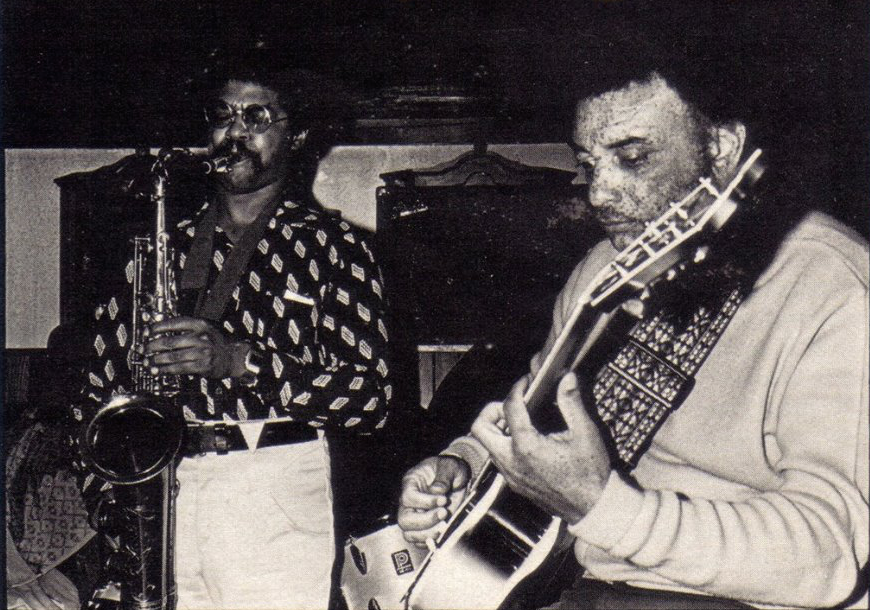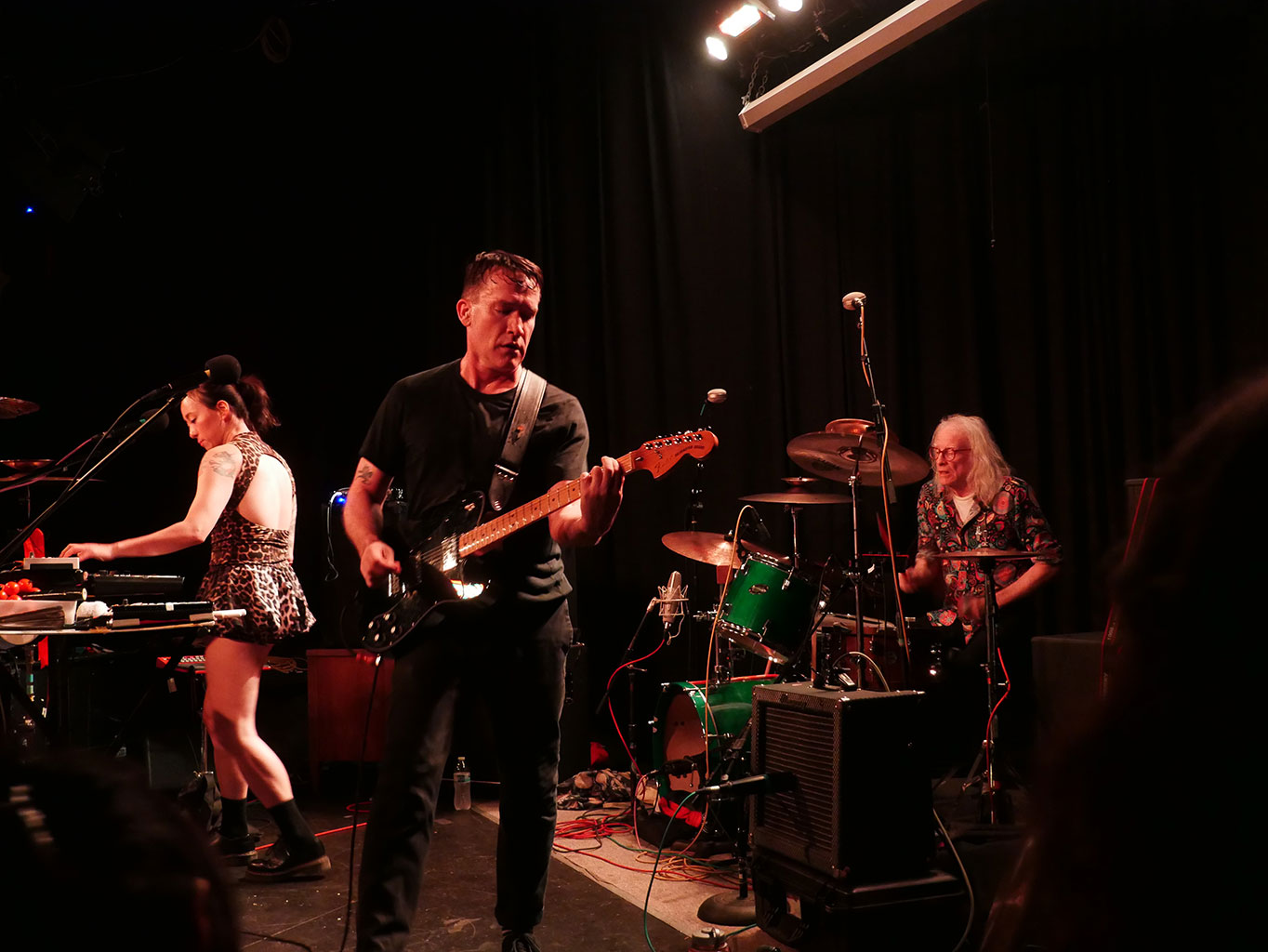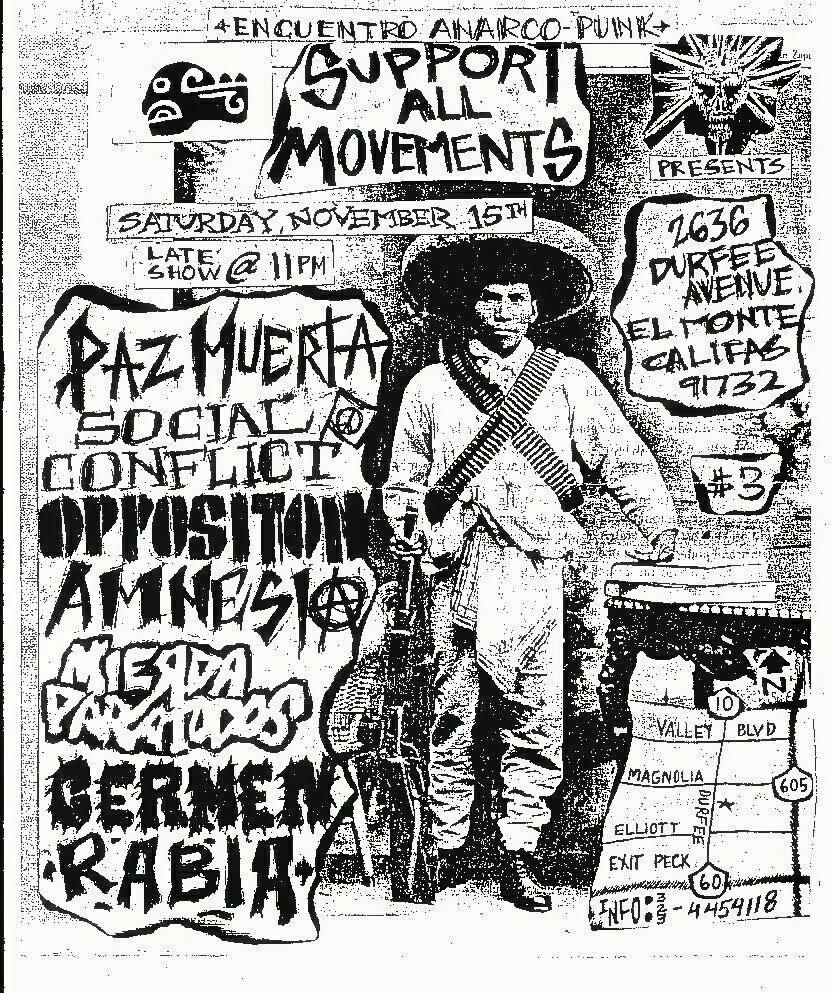
Flyer for the “Encuentro Anarco-Punk” gig in November 1996, which brought together several hardcore Latinx punk bands from different cities and nations to Southern California that espoused different radical anarchist ideological positions. Courtesy of Jorge Leal via @RockArchivoLA.
Shifting Narratives of Musical Memory
The present-day nature of the music business and disposable consumption habits encourage listeners to forget, even in their own communities. Some of that is simply due to the merciless search for what might be trendy. Jorge Leal, Assistant Professor of History at UC Riverside, has been working on documenting the city’s Latinx music scene from the ’80s and ’90s. Leal found one of the common responses he got from musicians as he began working and studying was, “Why do you want to know this? It’s old now, it’s no longer hip.”
People can also dismiss what’s right in front of them. Kevin Coombe’s interest was in no small partly due to his lack of familiarity with soul music in D.C.
“[It’s different] when you come from a different element of society, like I did — in a mixed neighborhood that wasn’t the urban center of D.C., learning about this music,” Coombe explains, “whereas somebody who has those family and friend connections might write it off.”
Tastes shift quickly, and first-hand accounts can disappear with surprising speed. Part of this was due to how quickly technology changed the way that music recorded and listened to. Early blues musicians using acoustical recording methods — playing into a large horn that would capture the sound by scratching it on a master copy, for instance — sounded tinny and primitive ten years later. With every shift in tastes, musicians would move to doing something else for a living and disappear from the public eye. By the time Kentuckiana Blues Society began their oral history project, many of the musicians they studied were long-dead and were largely forgotten even by their peers; their first set of oral histories in the early 1990s was about music that was mostly played in the ’50s and ’60s, and people who had known Sylvester Weaver or Sarah Martin in some capacity.
Historical awareness tends to be generational. Filmmaker Cheryl Fabio released a documentary in 2017 called Evolutionary Blues… West Oakland’s Music Legacy, about the thriving blues scene in Oakland, California from the mid-1940s to the 1960s, as thousands of African-Americans flocked from the South to Oakland to work in shipyards. In her research, Fabio noted that only people over 50 in Oakland tended to know about the city’s music history, while younger people generally had very little awareness. Part of this may be due to difficulties in distribution, publicity, and access. According to Fabio, many of Oakland’s best musicians were fed into other bands as side members or backing artists, which on the one hand took them away from the city, and on the other, denied them — and Oakland, by extension — more exposure.
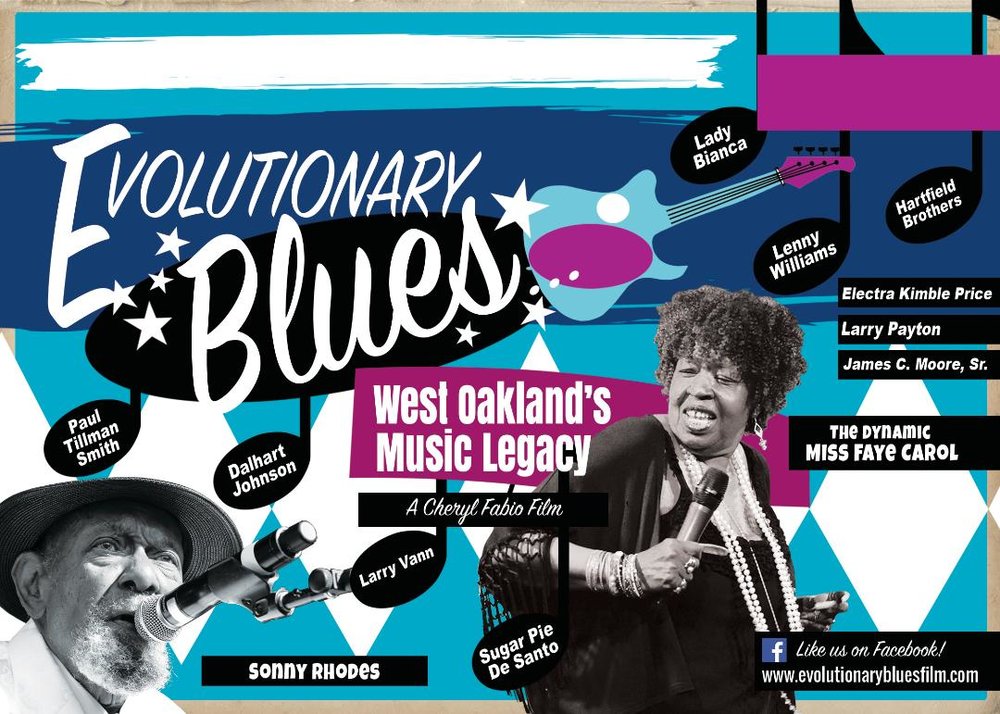
Baltimore and D.C. faced similar challenges. As Brooks Long recalls, many who chose to stay in their home communities have been treated as though they had passed up their chances at greatness. This applied to Ethel Ennis, a Baltimore singer who chose to stay in Baltimore, and was hence downgraded in the eyes of some, despite the fact that she had a vibrant career and sang the national anthem when Richard Nixon visited the city.
These regional histories often defy conventional or popular cultural histories. Such “narrative-shifting” is something that all of these music preservation groups have in common, as they address understudied or misrepresented genres of music and communities of people. Kentuckiana Blues Society does this by shifting the focus away from bluegrass, which in Kentucky is the region’s best-known genre. Yet the narrative-shifting is also necessary because of racism that has been leveled at minority communities for decades; the reversal of marginalizing practices can restore the cultural diversity of many of these cities.
By collecting and studying stories of a number of different bands playing around Los Angeles in the 1980s and 1990s, Jorge Leal is painting a picture of communities that understood themselves in a transnational sense — existing in different cultural spaces simultaneously, and trying to make sense of what their global identity was through their music. He points out that the groups he studies weren’t playing one kind of music in isolation from others; bands like Los Olvidados were studying Caribbean and Northwest African rhythms as well as rock being played in the United States.
That melding of cultural influences is something that was going on in most of these communities: Milwaukee, Portland, and Oakland, for instance, were all cities that saw increased African-American migration during the first and second Great Migrations. Oakland, Cheryl Fabio notes, was always a southern blues kind of town that had a southern sound to it, because so many of the city’s migrants came directly from the South.
Keeping the Music Alive
Recording history through documentaries and oral histories is one method to preserve music and its legacies, but there are a number of other significant approaches. As Milwaukee Jazz Vision demonstrates, concerts, festivals, and gigs are one of the best ways to keep music alive. Hearing it in-person is, simply put, the key to getting people to stay interested in the music. KBS hosts a number of music festivals in Louisville every year that invite local and national blues musicians to come and play. Part of Brooks Long’s events in Baltimore were also about getting musicians together again to play in public; Kevin Coombe DJs in the D.C. area to play the live music for the people.
Reissues are another popular method, especially since many recordings were made initially for private use — or were distributed through now-defunct record labels, such as Ru-Jac. For all of the singles Ru-Jac released, most of them made little money, and because the label became defunct in the early 1980s, there had been no opportunity for organized reissues, until recently. With Winfield Parker, Omnivore Recordings has begun releasing Ru-Jac singles as a four-volume set. Coombe argues that it is essential.
“You can talk all you want about how wonderful a single is that came out, but if people don’t have easy access to listen to it in a quality format, all you’re doing is teasing people,” he explains.
Another such label is Numero Group, which relies on a few committed preservationists to provide music to be distributed. Numero Group has specialized in particular with regional music labels that were generally short-lived such as Capsoul in Columbus, Ohio, Big Mack in Detroit, and Nickel and Penny in Chicago.
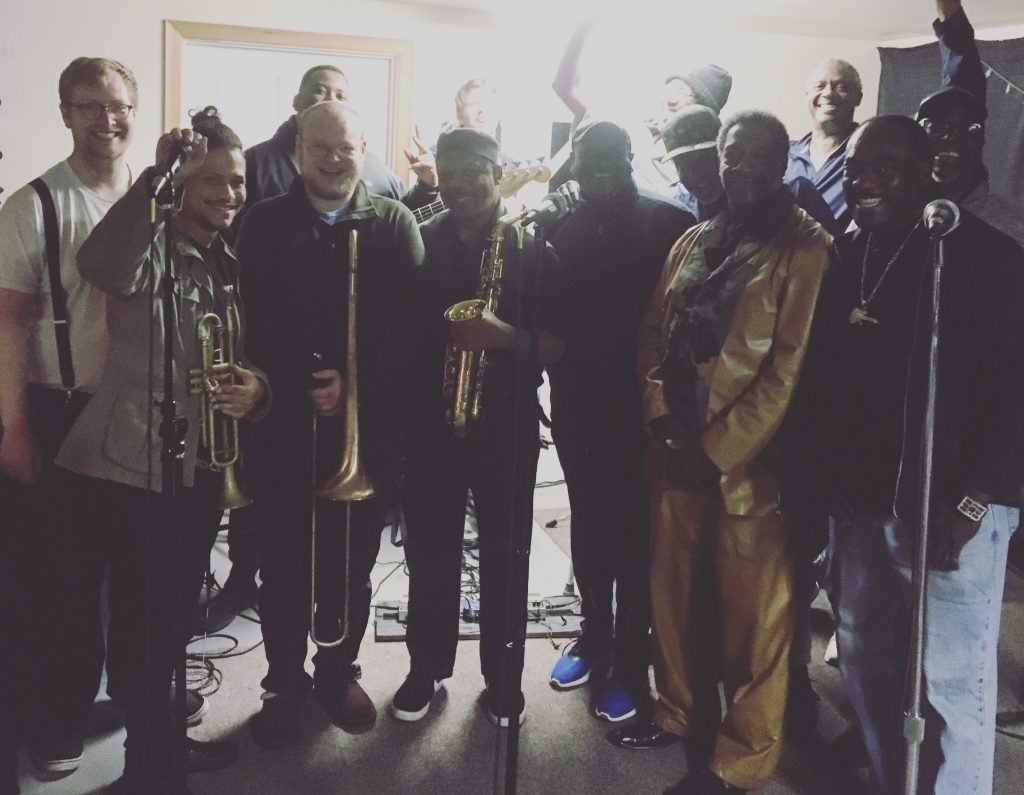
Albina Soul Revue band, directed by Tony Ozier, shot in November 2018.
In Portland, Oregon, very little of the music made in the city’s historically black Albina neighborhood was distributed in a recorded format at all, but that didn’t stop musicians from creating demos, as well as bootlegged radio programs and church broadcasts. Bobby Smith of the Albina Music Trust uses Night School, his radio program on XRAY.FM, to share local and national soul, boogie, and outsider funk music that otherwise has been largely unheard in Portland.
But as Smith points out, reissues can have their own problems. Some reissue labels simply repackage the music and try to market it; if lucky, musicians might receive some payment, but many releases provide no history of the music or the label, which may decontextualize it. Some liner notes might discuss the history, but don’t give the artists a chance to talk or tell their stories: in some cases, these become an exercise in the label showcasing its ability to find and curate interesting music, rather than honoring the music itself. Such a process risks becoming “colonial,” as labels extract something from one place to sell it in another, with no thought given or attention paid to the people who created it. A local group that collects and catalogs the music can be a useful arbiter in this regard, and brings back the importance of oral history in this whole process: it allows people to tell their own stories.
In many ways, all of these music preservation projects highlight the vibrancy of regional culture in a few places that usually go unmentioned as culture capitals of the United States. Leaving out cities like Baltimore, Milwaukee, and Louisville and only paying attention to the “obvious” vibrant cities can shut out other cultural producers. The projects reviewed here are just a few examples of a broader trend of cultural heritage work in the United States.
In discussing his own work, D.C.’s Kevin Coombe says, “I was motivated by the work of many others doing similar things in other areas,” listing Jason Perlmutter, the founder of the Carolina Soul website, as an inspiration. Similarly, Melissa Dueñas of East Side Projects was inspired by the Instagram project Veteranas and Rucas, which chronicles Chicano family histories, and a related project documenting Chicano rave culture, which has been “overwhelmingly ignored in the main narrative of house music because it’s brown people.”
Beyond their interesting cultural dimensions however, these projects also suggest ways that culture can and should be linked to social justice. Histories of music are inevitably linked to communities. The silencing of certain histories weakens those communities by erasing their shared sense of identity; restoring them can potentially restore community ties as well. At a time when multiculturalism seems under assault not just in the United States but globally, paying attention to these stories is one small way to prevent people from being silenced.
Ω
Relevant Links
- Albina Music Trust (Portland, OR) – Website _ Instagram
- Arch Social Club (Baltimore, MD) – Website
- Carr’s Beach (Baltimore, MD) – Website
- DC Soul Recordings (Washington, DC) – NPR Press
- East Side Story (Los Angeles, CA) – Instagram
- Evolutionary Blues (Oakland, CA) – Website
- Kentuckiana Blues Society (Louisville, KY) – Website
- Milwaukee Jazz Vision (Milwaukee, WI) – Website
- Numero Group (Chicago, IL) – Website
- Ru-Jac Records (Baltimore, BD) – Website
- Rock Archivo LA (Los Angeles, CA) – Instagram
- Segregating Sound: Inventing Folk and Pop Music in the Age of Jim Crow – Duke Press

